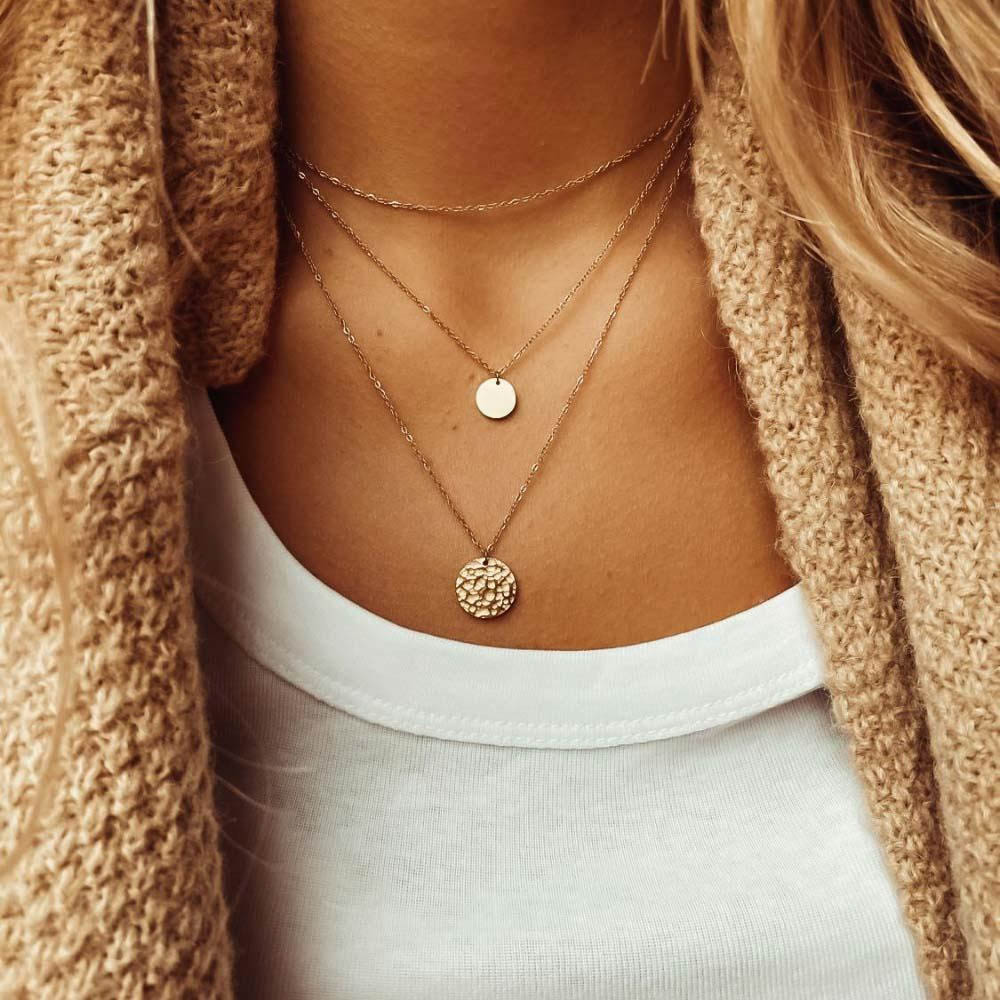In the realm of romantic relationships, a promise ring holds significant meaning. It symbolizes commitment, fidelity, and the promise of a future together.
However, when it comes to the question of which finger a promise ring should be worn on, the answer is not as straightforward as one might think. The finger on which a promise ring is worn can vary depending on cultural traditions, gender norms, and even age groups. In this blog post, we will delve into the fascinating world of promise rings and explore how their placement varies across different cultures, genders, and age brackets.
Culture Traditions
Cultural traditions play a crucial role in determining the finger on which a promise ring is worn. Let's take a closer look at some notable cultural variations:
-
Western Culture: The most common finger for a promise ring is the ring finger of the left hand. This finger is traditionally associated with romantic commitments, such as engagement and marriage. However, there is no hard and fast rule, and some individuals may choose to wear their promise ring on a different finger.
-
Eastern Cultures: In Eastern cultures like China and India, the ring finger of the right hand is generally chosen for wearing a promise ring. This is because the left hand is often associated with funerals and considered less auspicious for such romantic symbols.
-
Middle Eastern and Mediterranean Cultures:In countries like Egypt, Lebanon, and Greece, it is customary to wear a promise ring on the right ring finger. This is due to the belief that a vein in this finger, called the "vein of love," directly connects to the heart.
![Promise ring culture]()
Gender
Gender norms and societal expectations also influence the finger choice for promise rings. Here's a breakdown of how it varies between genders:
-
Women: Traditionally, women wear promise rings on the ring finger of their left hand. This placement aligns with the finger where engagement and wedding rings are typically worn. However, as gender roles and customs evolve, some women may opt for different fingers or even switch to the right hand to showcase their commitment.
-
Men: Men often wear promise rings on their right hand, usually on the ring finger. This choice distinguishes the promise ring from a wedding band, which is typically worn on the left hand. However, like women, men may also choose to wear their promise ring on a different finger based on personal preference.
Age Variation
Age can be another influential factor in determining where a promise ring is worn. Let's explore how preferences may differ across age groups:
-
Young Adults and Teens: Younger individuals tend to follow popular trends and often wear promise rings on the ring finger of their left hand. This placement aligns with the cultural association of the left hand's ring finger with romantic commitments.
-
Older Adults: As individuals mature, they may have different perspectives on promise ring placement. Older adults may choose to wear a promise ring on the right hand or even on a different finger. This choice could be influenced by personal preferences, cultural background, or the desire to differentiate a promise ring from an engagement or wedding ring.
The placement of a promise ring on a finger is not a one-size-fits-all affair. It varies significantly across cultures, genders, and age groups. In Western cultures, the ring finger of the left hand is commonly chosen, while in Eastern cultures, the right hand is favored. Women often wear promise rings on their left hand, while men tend to wear them on their right hand.
![Promise ring all ages]()




